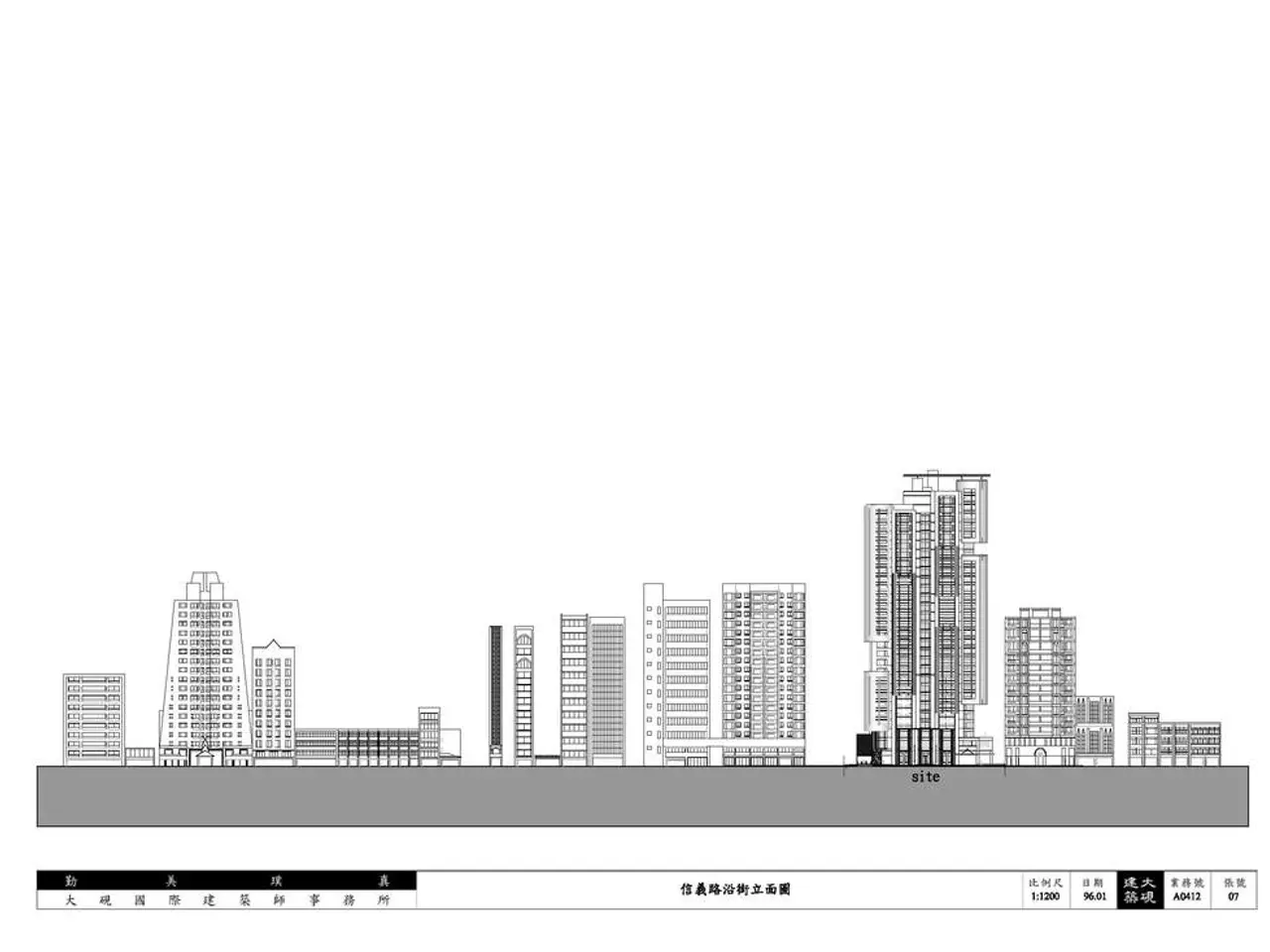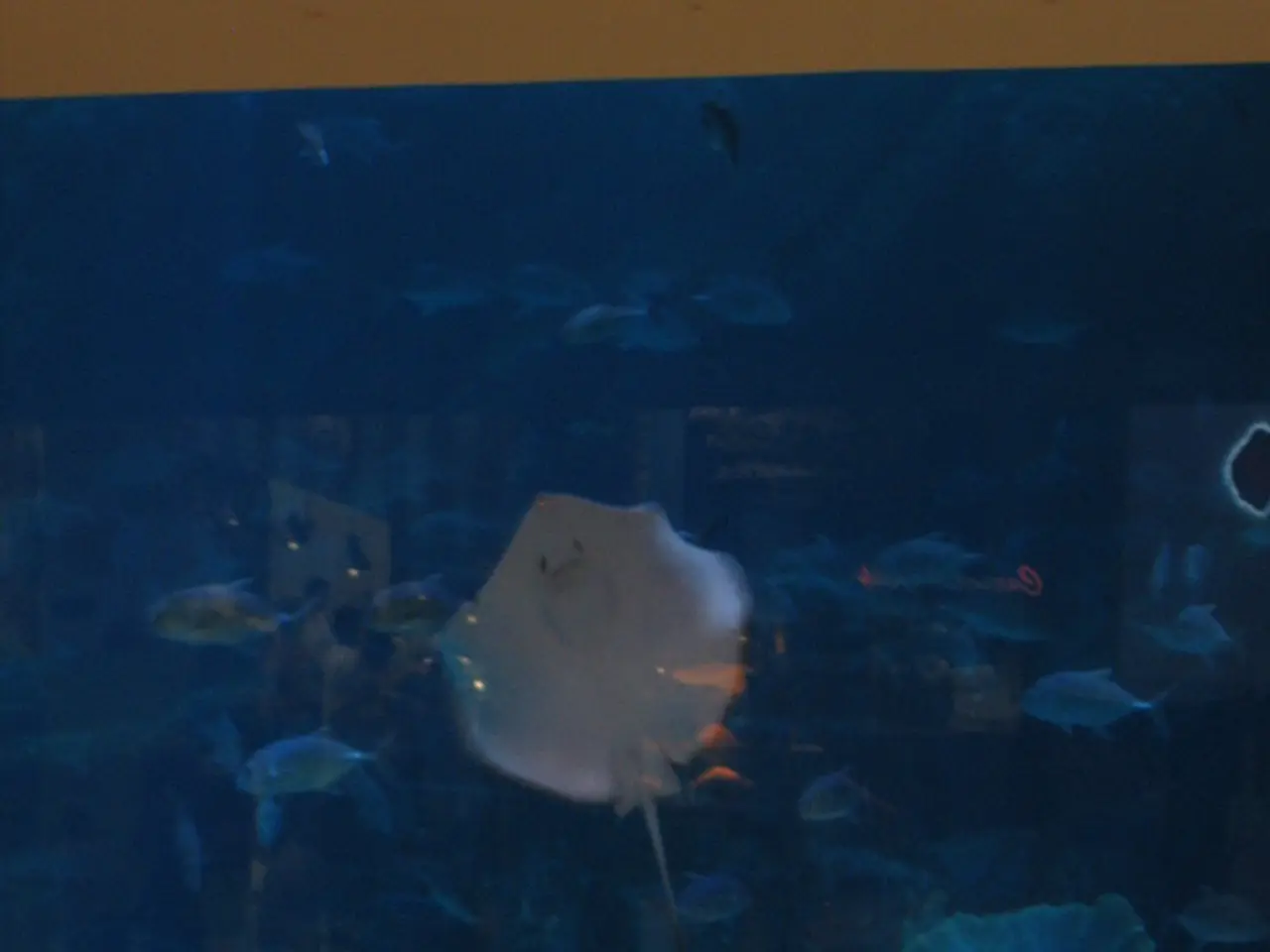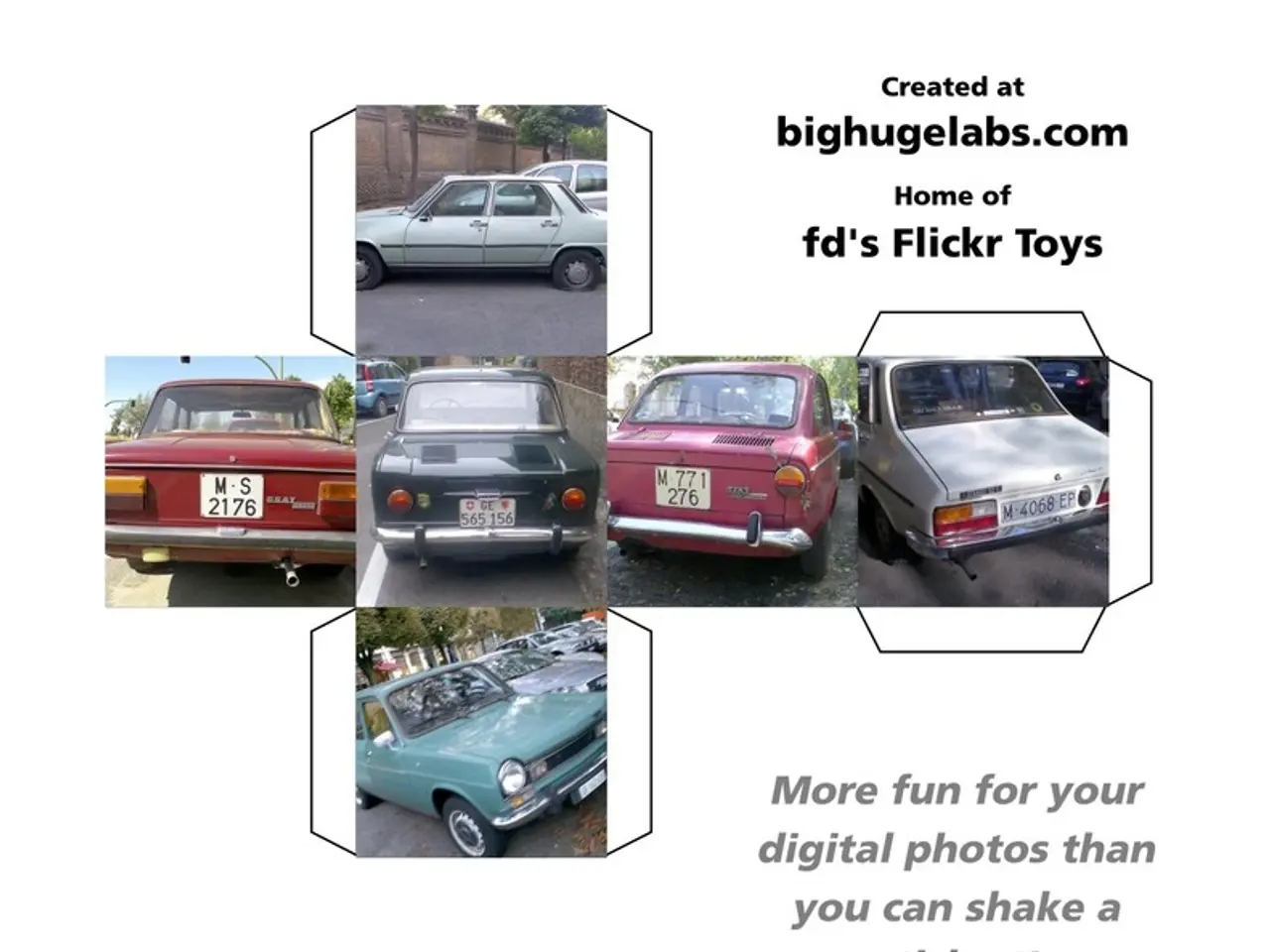Artificial Intelligence Creation and Innovation
In the world of architectural design, there's a growing need to re-integrate lateral thinking strategies into our tools. This isn't about replacing traditional methods, but rather augmenting them with innovative approaches that can stimulate new design perspectives and foster innovation.
A Shift from Traditional to AI-Driven Design
Modern computational tools, such as Rhino3D, have their roots in industrial disciplines like automobile and manufacturing. They prioritise optimization, standardization, and efficiency over qualities like inaccuracies, uncertainty, and accidents that are inherent to lateral thinking.
To challenge these established methods, a 4-step pipeline has been developed. This pipeline leverages the power of Generative Adversarial Networks (GANs) to create a digital design space where architects can work, analyze, edit, and generate 3D structures.
The 4-Step AI-Driven Pipeline
- Initialization: The virtual environment is first initialized using a trained AI model, such as a StyleGAN model trained on 5,000 architectural plans scraped from various online sources.
- Navigation: Navigating this space is not linear. It involves three methods:
- Interpolation: Navigating between points in the latent space by finding average vectors and interpolating between them.
- Mixing: Average vectors of two points are found and interpolated between, a method that can be combined with Unequal Ratios interpolations in Navigation Method 4.
- Unequal Ratios: Interpolating between points in the latent space using ratios that are not equal, a method that can also be combined with Mixing in Navigation Method 4.
- Structure Generation: As architects navigate this space, 3D voxelized structures are generated. These structures represent novel, unconventional design variants that can inspire new ideas.
- Translation: After generating these structures, the expertise of an architect is required to translate those forms into meaningful architecture proposals.
The Power of GANs in Architectural Design
GANs are particularly suited for architectural design because they can produce diverse, unconventional design variants. This is achieved by pitting two neural networks against each other—a generator creates design options, and a discriminator evaluates their quality.
This dynamic mimics a lateral thinking process by generating diverse alternatives beyond conventional schemas, encouraging designers to explore ideas they may not have conceived alone.
AI Co-Creation and Provocation
AI tools, including those based on GANs, can reduce cognitive load and enable heightened ideation fluency. By rapidly generating numerous design alternatives, architects can break free from habitual thinking patterns and achieve lateral thinking breakthroughs.
Integrating lateral thinking methods, such as provocations or challenging assumptions, with AI-driven generative outputs allows users to produce wild ideas and systematically evaluate them. For example, GAN-generated architectural forms can be combined with lateral thinking provocations for novel biomimicry designs.
The Future of AI in Architecture
The potential of AI-driven lateral thinking in architectural tools is vast. While the results of the four approaches presented are visualized, showing the performance of each method, this is just the beginning. As our tools become more digital, the features and methods imposed by these tools have automatically and inadvertently constrained the possible design space.
By leveraging AI, we can break free from these constraints and explore a wider, more diverse design space. This collaboration between human creativity and AI-generated possibilities leads to breakthrough innovation and richer architectural ideation.
[1] Goodfellow, I., Pouget-Abadie, J., Mirza, M., Xu, B., Warde-Farley, D., Ozair, S., … & Bengio, Y. (2014). Generative adversarial nets. Advances in neural information processing systems, 2672–2680.
[2] Radford, A., Metz, L., & Chintala, S. (2015). Unsupervised representation learning with deep convolutional generative adversarial networks. arXiv preprint arXiv:1511.06434.
[3] Arjovsky, M., Chintala, S., Bottou, L., & Goodfellow, I. (2017). Wasserstein GAN. CoRR, abs/1701.07875.
[4] GANPaint: A Generative Adversarial Network for Image Manipulation. (2017). arXiv preprint arXiv:1707.08534.
- The AI-driven pipeline, utilizing Generative Adversarial Networks (GANs), introduces a digital design space that is ideal for architectural design, as it generates diverse and unconventional design variants, mimicking the lateral thinking process and challenging traditional methods.
- In the future, by integrating AI-driven generative outputs with lateral thinking methods, architects can expect to break free from habitual thinking patterns, explore wild ideas, and systematically evaluate them, leading to richer architectural ideation and breakthrough innovation.




